When it comes to convolutional neural networks there are normally many papers recommending different strategies. I have heard people say that it is an absolute must to add padding to the images before a convolution, otherwise to much spatial information is lost. On the other hand they are happy to use pooling, normally max-pooling, to reduce the size of the images. I guess the thought here is that max pooling reduces the spatial information but also reduces the sensitivity to relative positions, so it is a trade-off?
I have heard other people saying that zero-padding does not keep more information, just more empty data. This is because by adding zeros you will not get a reaction from your kernel anyway when part of the information is missing.
I can imagine that zero-padding works if you have big kernels with "scrap values" in the edges and the source of activation centered in a smaller region of the kernel?
I would be happy to read some papers about the effect of down-sampling using pooling contra not using padding, but I cant find much about it. Any good recommendations or thoughts?

Figure: Spatial down-sampling using convolution contra pooling (Researchgate)